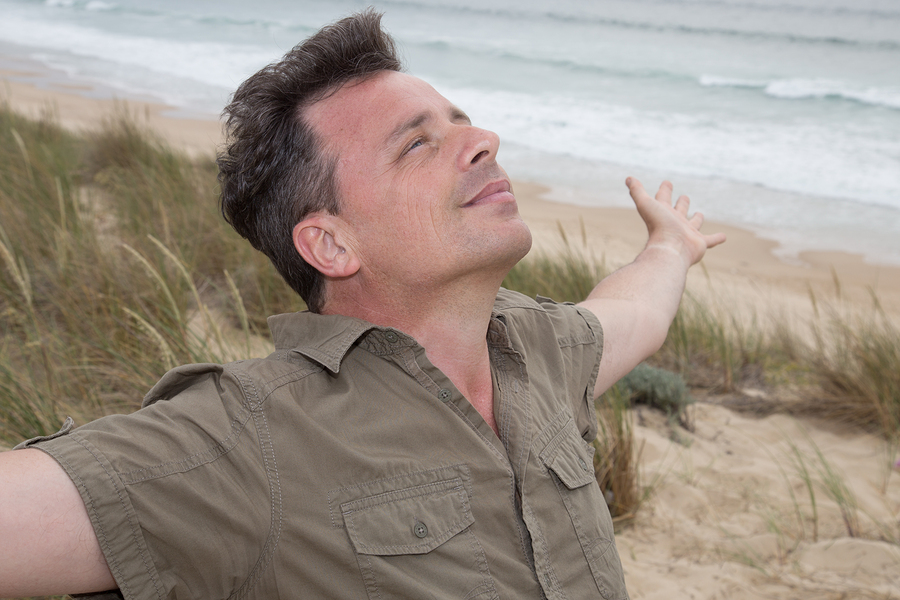
In a previous post, I described the challenges of living with safe decision syndrome (SDS). That’s the insidious force that holds us back from taking action, resulting in lost opportunities and productivity. So what does SDS look and feel like? It’s mostly related to fear – fear of failure, fear of rejection, fear of embarrassment, even fear of success. After all, some of us worry about what will happen if we succeed and not know how to handle it. The brain has a funny way of making us assume the worst based on unpleasant experiences from the past. This, and our natural desire for security, can literally freeze us in place, almost. So how do you beat this devilish force?
Take a step back – Perspective can dispel many apprehensions before they fester. You may be faced with a difficult choice. But how difficult is it in the big picture? We’ve all watched small irritants turn into mind-consuming catastrophes through hyper-focus and worry. Taking a minute to put the problem into perspective will ease the tension, help you understand the real impact, and perhaps even inspire an easy solution.
Have a strategy – I wrote Figure It Out because I’ve witnessed so many people thrashing around while making everyday decisions. The truth is most people don’t have a plan for solving problems. The “5Cs” process I’ve included in the book is specifically designed to help readers formulate and make tactical daily decisions. After all, life is a never-ending series of choices, actions and outcomes. Having a system makes life easier.
Think aloud to someone you trust – There is nothing like having someone you respect listen to your concerns. Those who are the best at making decisions surround themselves with a small group of confidants who listen, challenge, and support. Besides, working through a problem out loud always focuses the mind. Hint: Try doing this with a number of people before you decide who provides the best support and input. Avoid those full of ready opinions and advice.
Forgive yourself for past mistakes – It’s easy to dwell on what’s gone wrong. But the more you analyze, the more your brain will bring these issues back to the fore. Own the mistake. (We all make them.) Determine what you’ve learned and then flush the emotions about it from your mind. Sure, easier said than done. But you have no other choice if you want to beat SDS.
Consider best, worst and most likely – Rather than dwelling on the worst that can happen, develop the habit of looking at the decision from three vantage points: 1) What’s the best that can happen? 2) What’s the worst that can happen? 3) What’s most likely to happen? If you can live with the worst possible outcome, move forward. No decision will meet your exact expectations. Decide, act, evaluate, and react.
Celebrate your small successes – It is human nature for most of us to think, “It wasn’t that big a deal” when we accomplish something. Rather than relying on this false humility, take a minute to celebrate. Have a tough conversation that went well? Pat yourself on the back. Make an unpopular decision that was accepted by others? Jot it down and what you’ve learned from the experience. Remember, big success is born out of small decisions.
Don’t own what you don’t own – There are those who make a habit of commenting on everyone else’s performance, whether appropriate or not. It can make the rest of us a little nuts, especially when the judgment is inaccurate or undeserved. You know if it’s deserved. If it’s not, don’t own it!
The bottom line? No one ever beats safe decision syndrome completely. It lurks in the back of every mind. But those who actively manage its symptoms turn into the effective decision-makers they’ve always wanted to be.
